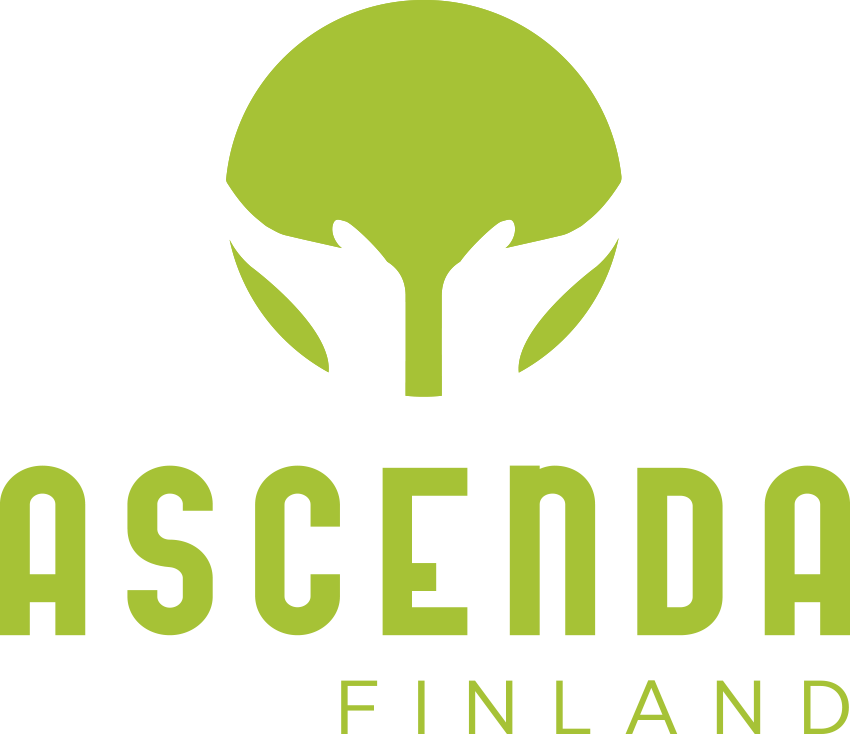East African Community (EAC) was formed as a customs union in 2005, and further developed into a common market in 2010 to boost investment and productive capacity of member countries. The EAC became a fully fledged Common Customs Territory in 2015, with some 90% of all goods entering the EAC through the ports of Mombasa in Kenya, and Dar es Salaam in Tanzania without new customs checks on their way further into other EAC countries.
- Eastern Africa is the most integrated region in Africa based on key economic drivers
- The fastest growing region in Africa, with an average GDB growth of 5.4% in 2017. The positive growth path is expected to gain more momentum in 2018 according to a forecast by the African Development Bank.
- Over 150 million people live within the East African Community, consisting of Burundi, Kenya, Rwanda, South Sudan, Tanzania and Uganda.
- Increasing integration has been witnessed with the 100 million strong Ethiopia, whose economy has been growing at the world record rate in recent years.
